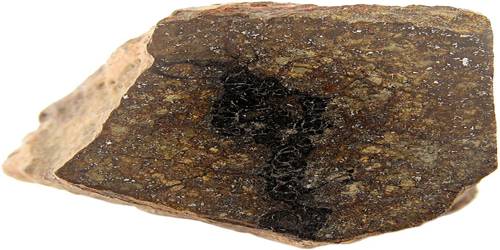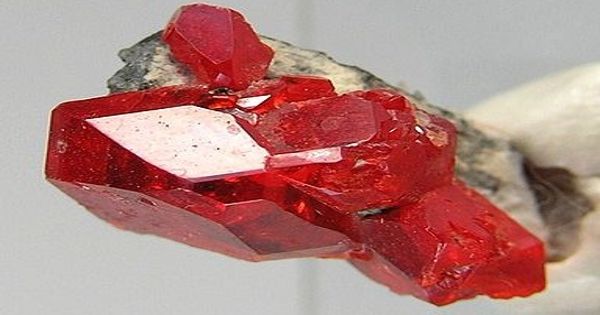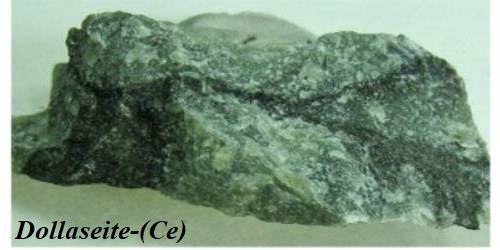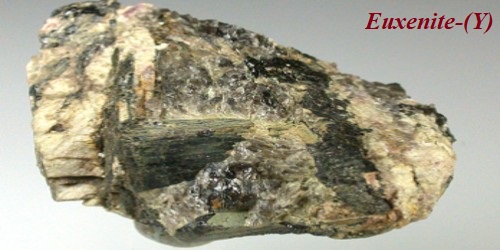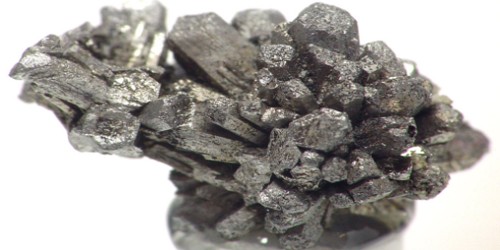Silicate perovskite (or bridgmanite) is (Mg, Fe)SiO3 and CaSiO3 (calcium silicate) when arranged in a perovskite structure. Silicate perovskites are mainly found in the lower part of Earth’s mantle, between about 670 and 2,700 km (420 and 1,680 mi). They are thought to form the main mineral phases, together with ferropericlase.
Silicate perovskite may form up to 93% of the lower mantle, and the magnesium iron form is considered to be the most abundant mineral in Planet Earth, making up 38% of its volume. Under the very high pressures of the lowermost mantle, below about 2,700 km (1,700 mi), the silicate perovskites are replaced by post-perovskite.
General information
- Formula: (Mg, Fe)SiO3
- Crystal System: Orthorhombic
- Member of: Bridgmanite Subgroup > Stoichiometric Perovskites.
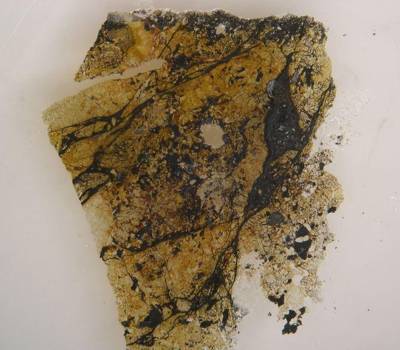
Properties
The physical properties of silicate perovskites under lower mantle conditions, such as seismic velocity, are studied experimentally using laser-heated diamond anvil cells. Naturally occurring silicate perovskites cannot be studied as they are unstable at the Earth’s surface.
Occurrence
Upper limit of stability
The existence of silicate perovskite in the mantle was first suggested in 1962, and both MgSiO3 and CaSiO3 had been synthesized experimentally before 1975. By the late 1970s, it had been proposed that the discontinuity at about 650 km in the mantle represented a change from spinel structure minerals with an olivine composition to silicate perovskite with ferropericlase.
Lower limit of stability
In 2004 it was proposed that silicate perovskites experience a further change in the structure below about 2700 km to post-perovskite. This change is thought to explain the presence of the D” layer in the lowermost mantle.
Chemistry
The partitioning of Fe between magnesium perovskite and ferropericlase under lower mantle conditions has been extensively studied experimentally. The effects of varying the amount of Al in the silicate perovskite structure have also been studied.
Information Source:
